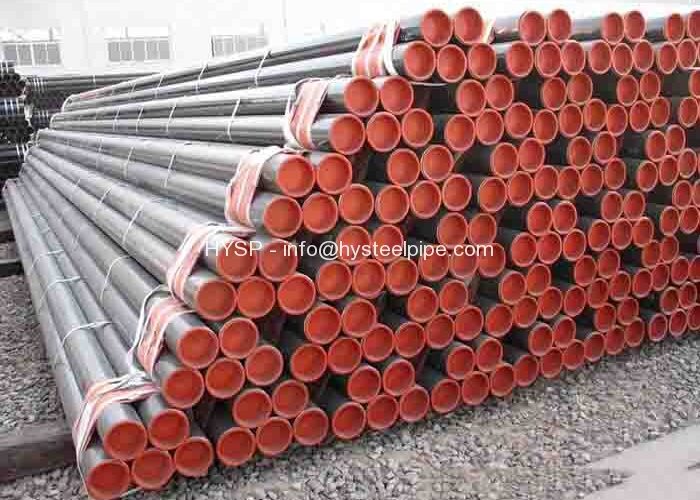What is Steel Pipe Heat Number ?
What is Steel Pipe Heat Number ?
Heat Number Definition
A heat number is a unique identifying code a technician stamps on a piece of metal to provide information about its origins. Metal plate and pipes are most likely to bear this number, and in some cases, the law requires its use on metal products. The heat number provides a method for tracing materials and is an important part of quality assurance and control. People can usually find it near the edge or end of a finished metal piece, and other information may be on the stamp as well.
How to Identify Heat Number ?
There are three segments in a heat number. The first digit indicates which furnace a technician used to prepare a batch of molten metal. The next digits indicate the year of the casting, and the last two or three digits describe the number of the casting. A number like 222121 indicates that the metal came from furnace two in the year 2022, and it was the 121st melt for that furnace that year. This information corresponds to a record the manufacturer keeps for future reference.
In quality control, people subject a sample piece of metal from a given batch to some testing to make sure it meets the required tolerances. People will test for contaminants, weak spots, and other issues. If there is a problem with the metal, people can recall other pieces with that heat number to check them and see if they share the issue. The number also corresponds to records about the shift that handled the metal, what time of day it was cast, and so forth. This information can be useful when people want to determine why the same quality control problem keeps recurring.
How Does Heat Number Work ?
With the heat number, people can trace all the materials from a particular factory. Along with the heat number, the stamp includes a disclosure of the manufacturer and the facility, if the manufacturer has more than one metalworking shop. The stamp may also discuss the mold number, referring to the mold the company used to make the product. This can be useful for matching replacement parts, as people can use the mold number to get an exact replacement.
Manufacturers may apply the heat number even if the law does not require it because it can be a useful tool for monitoring materials. As long as the company maintains current records, it should be able to look up any piece of metal by its heat number and provide insight into its origins. This can be useful for activities like accident forensics, where investigators may want to find out more about a particular metal product to see if a problem with the metal contributed to the accident. Heat numbers are also useful for recalls, allowing people to identify a bad batch of metal and issue a warning to the public.
Source from http://www.wisegeek.com/what-is-a-heat-number.htm
Send Enquiry Now
- 168#, Miao Qian Xi Jie, Yue Xiu District, Guangzhou, China
- ENQUIRY@HYSTEELPIPE.COM
- CONTACT US HERE !
New Products

ASTM A335 Grade P22 Alloy Pipe Steel 3inch SCH120
HYSP supplies high quality ASTM A335 Grade P22 Alloy Pipe Steel and tube 3inch SCH120 for high pressure and temperature applications.
ERW Steel Tubing 12inch ASTM A53 B
HYSP Steel Pipe supply you ERW Steel Tubing 12inch ASTM A53 B SCH40 or API 5L ERW steel pipes for your gas and oil line pipe or water pipes application.
API 5L B ERW Steel Tube OD 426MM
HYSP makes API 5L B ERW Steel Tube OD 426mm x 9.53mm WT DRL for your applications like gas and oil line pipe. we can customize size and steel grade per request.
L235 ERW Pipe EN10224 OD 323.9mm
HYSP steel pipe makes L235 ERW Pipe EN10224 OD323.9mm steel tubes for the conveyance of water and other aqueous liquids. we also produce as required size.

